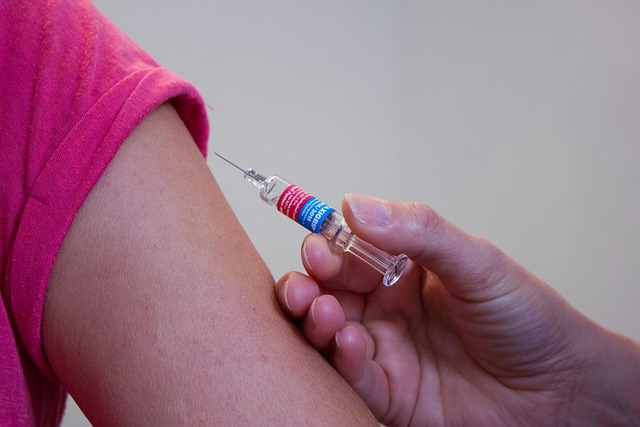In recent years, a troubling trend has emerged declining vaccination rates across various parts of the world. While vaccines have long been hailed as one of the greatest achievements in public health, misinformation, mistrust, and access issues are now fueling a backslide that puts entire communities at risk.
From measles to whooping cough, diseases once nearly eradicated are making a comeback—and public health experts are sounding the alarm.
What’s Behind the Decline in Vaccination Rates?
Several factors are contributing to the drop in vaccination uptake, including
-
Misinformation and Vaccine Hesitancy
Social media and online platforms have become hotbeds for misinformation. False claims about vaccine safety, side effects, and ingredients have fueled hesitancy among parents and individuals. -
Distrust in Institutions
A growing mistrust in government, healthcare providers, and pharmaceutical companies has led some people to question the motives behind vaccination campaigns. -
Access and Equity Issues
In both developed and developing nations, barriers like cost, transportation, and clinic availability can prevent people from getting vaccinated—especially in underserved communities. -
Pandemic Disruptions
COVID-19 caused widespread delays in routine healthcare, including childhood immunizations. Many families have yet to catch up on missed vaccines.
The Public Health Risks of Falling Vaccination Rates
Vaccination doesn’t just protect individuals—it protects entire communities through herd immunity. When too few people are immunized, diseases spread more easily, especially to those who cannot be vaccinated, such as infants, the elderly, or people with compromised immune systems.
Key risks include
-
Outbreaks of Preventable Diseases
Lower vaccination rates have already led to measles outbreaks in countries. -
Increased Healthcare Costs
Disease outbreaks strain healthcare systems and lead to increased costs from emergency care, hospitalizations, and long-term complications. -
Global Setbacks in Disease Eradication
Diseases like polio and measles, which were close to being eliminated, could resurge and undo decades of progress.
Strategies to Reverse the Trend
-
Public Education Campaigns
Governments and health organizations must invest in clear, science-based communication to counteract misinformation and build public trust. -
Community Engagement
Partnering with local leaders, schools, and faith-based organizations can help promote vaccines in culturally appropriate and trusted ways. -
Improving Access
Mobile clinics, vaccine outreach programs, and reduced-cost or free services can help break down logistical and financial barriers. -
Policy and Mandates
While controversial, vaccine mandates in schools and workplaces have historically improved immunization rates and protected vulnerable populations. -
Provider Support
Doctors and nurses need up-to-date tools and training to address patient concerns effectively and provide evidence-based guidance.
Declining vaccination rates are more than a medical issue—they represent a growing public health crisis. Rebuilding trust, improving access, and strengthening communication are essential to protecting our communities and preventing the resurgence of dangerous diseases.
Vaccines have saved millions of lives. It’s time to recommit to the science, support education, and ensure that everyone regardless of background has access to this critical protection.


